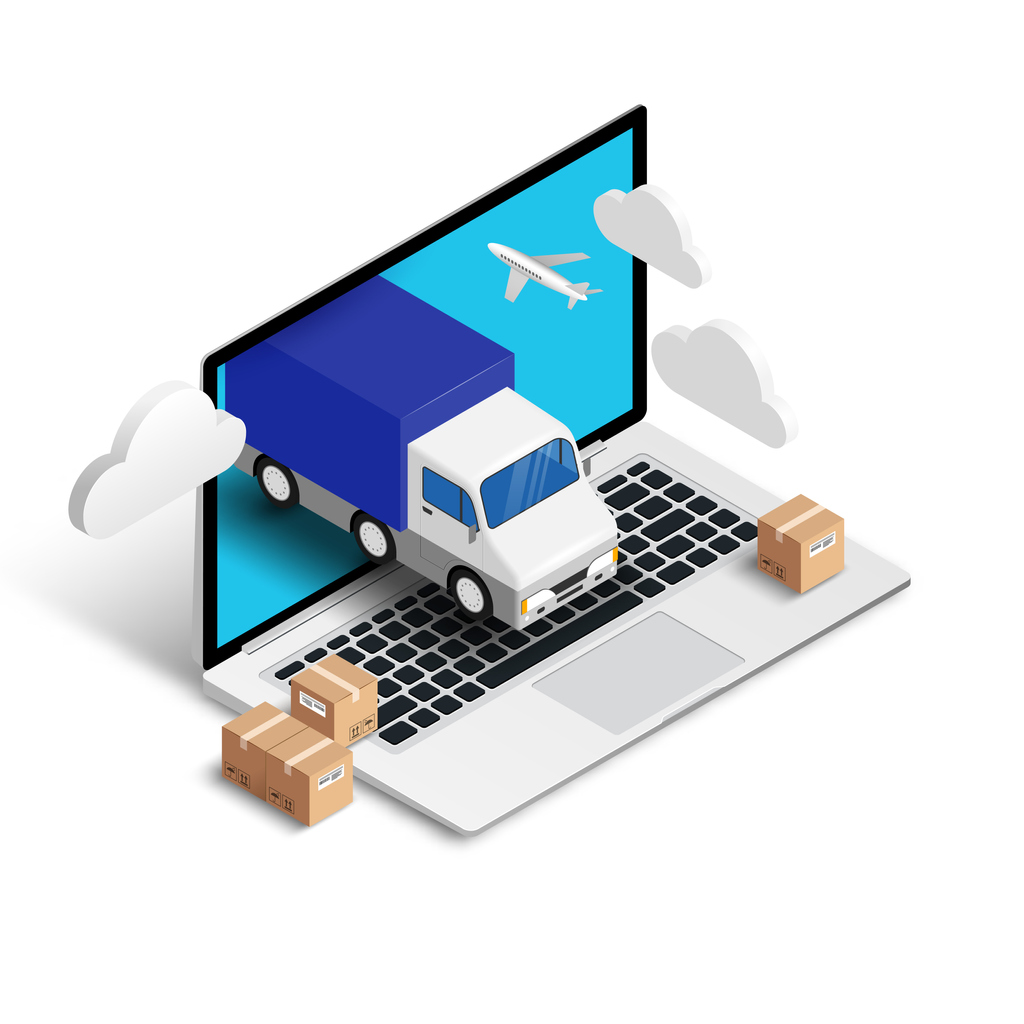9 Ways to Prevent Margin Erosion in Manufacturing Sales
Stop losing profit before production even begins. Learn how to protect profit margins with a smarter quoting process.

A substantial amount of margin erosion in manufacturing happens before production even starts. While optimizing production to eliminate material waste, reduce equipment downtime, or mitigating excessive rework are all important ways to protect profit margins, they can’t fix the profit leaks that come from a poor quoting process. For many manufacturers, sales teams lack the enablement to quote configurable products in a way that’s profitable for the business. Solutions are priced too low, configured incorrectly, or discounts lack guardrails.
To increase your profit margin and protect profitability at every stage of the product journey, the sales process is an important place to start. These nine strategies, backed by proven configure, price, and quote (CPQ) capabilities, will help manufacturers defend margins while enabling faster, smarter sales.
Where margin Erosion Happens in the Quoting Process
Protecting profit margins has been an uphill battle in the sector. The , but pressures from rising customization demands, inflation, supply chain volatility, and sustainability goals steadily squeeze that figure.
Add to that increasing customer expectations, the rising costs of wages and raw materials, and escalating talent shortages, and it’s clear: manufacturers are fighting on multiple fronts just to maintain baseline profitability.
However, significant areas of margin erosion happen in the quoting process—in how products are configured, how prices are calculated, and how discounts are approved.
Sales reps working under pressure may quote the wrong configurations, rely on outdated cost data, or default to steep discounts to close a deal quickly. These challenges are even more pronounced in engineer-to-order, where complexity is high, and pricing models are nuanced. Without accurate visibility into real-time costs, inventory constraints, and margin targets, reps can easily sell products that are unprofitable from day one.
Preventing this upstream erosion requires a connected strategy that aligns sales, engineering, and operations to quote solutions that are buildable and profitable.
9 Ways to Protect Profit Margins Through Enhanced Sales Enablement
Your sales team isn’t deliberately trying to erode margins, but without the right tools and data, it can happen anyway. Many sales reps feel pressure to deliver quotes faster or provide more incentives to close the deal, forcing them to offer deals despite pricing uncertainty and limited visibility into what drives profit.
The key is to give sales teams access to technology that offers real-time cost and availability data, rules-based pricing, and valid configurations. With this information in hand, sellers can protect margin.
These nine steps will help you embed margin discipline into the quoting process and increase profit margins.
1. Use sales data and quote conversion analytics to optimize pricing and product mix.
If you’re not tracking which quotes convert and which don’t, you’re flying blind. Identify the sweet spots where deals are both winnable and profitable by analyzing win/loss data tied to configurations, discounting behavior, and pricing strategies. This helps you identify which offerings strike the best balance between customer appeal and profitability. These insights can guide adjustments like eliminating low-performing options, refining price thresholds, or bundling high-margin components more effectively.
Real-world results: how Bromma uses CPQ analytics to protect margins
Once Bromma, a global leader in container handling equipment, integrated their Tacton CPQ platform data with Google Cloud Analytics, they were able to easily track configuration trends, monitor pricing data, and forecast component demand. This data gave product and sales teams real-time visibility into how quotes impact profitability. Today, their CPQ processes and data analysis help them fine-tune pricing strategies, reduce costly manual work with streamlined quoting, and proactively manage supplier planning and lead times to protect profit margins.
2. Identify margin erosion patterns by sales rep behavior.
Some sales reps consistently sell high-margin solutions. Others don’t. By tracking behaviors like discounting frequency, quote quality, and deal profitability, manufacturers can surface patterns and outliers. These insights become fuel for coaching, training, and compensation models that incentivize margin-conscious selling.
Additionally, by analyzing patterns across product lines, customer segments, and deal sizes, manufacturers can identify where discounting is strategic and where it’s eating into profit unnecessarily.
3. Implement strategic discount controls with margin thresholds
Manual or reactive discounting leads to inconsistency and unprofitable deals. To combat this, manufacturers need robust margin controls built into their quote process or quotation software. Tiered approval workflows and rules-based checks within advanced CPQ systems, for example, automatically flag quotes that fall below margin targets. Smart discount controls like these ensure that flexibility doesn’t come at the cost of profitability. Better still, automated triggers keep the process moving quickly without sacrificing rigor.
4. Implement standardization into configurable products
Engineer-to-order (ETO) enables you to meet highly specific customer requirements and differentiate your product. But ETO processes also come with risks due to unpredictable pricing, longer lead times, and increased engineering effort. These factors make margin control harder and quoting less predictable.
By identifying repeatable patterns across orders, manufacturers can shift some solutions to a modular, configure-to-order (CTO) approach. This doesn’t eliminate customization. It simply standardizes where possible to reduce reliance on custom builds. And as a result, you get more simplified quoting that also provides more predictable pricing, so you can more effectively protect profit margins.
5. Integrate real-time cost and availability data into quoting
You can’t protect margin with outdated information. Real-time visibility into material costs, supplier pricing, and inventory levels is essential to avoid quoting unbuildable or unprofitable configurations. Integrating CPQ and ERP and supply chain systems enables sales teams to quote with confidence and within current constraints.
6. Automate the quote-to-cash process to prevent delays and errors
Manual processes introduce risk: missed handoffs, rework, and delays that ripple across departments. Automating key steps in the quote-to-cash process from approvals to order validation minimizes costly errors and ensures that what’s sold can actually be built. Moreover, a seamless digital workflow between sales, engineering, pricing, and operations ensures accuracy and speed at every step to avoid rework.
Yaskawa streamlines quoting to eliminate risk
Robotics manufacturer, Yaskawa, replaced its slow, error-prone quoting process, reliant on Excel and manual approvals, with a centralized CPQ system.
“We need to be sure that everything that we sell is 100% technically correct. Our goal was to reduce the quotation lead times and to eliminate the risk resulting from our quotation process,” says Dr. Michael Klos, GM of Yaskawa Europe Robotics division.
With this shift, they can now produce high-quality, accurate quotes faster, with fewer delays and less risk of configuration or pricing errors that erode margins. Their sales team now delivers consistent, professional proposals and streamlines the quote-to-order cycle overall to protect profit margins in the process.
“Some of our sales teams are impressing customers by doing configurations together with the customer and leaving a complete proposal at the end of their visit,” says Klos. With improved quote quality and increased customer confidence, Yaskawa reduced back-and-forth cycles that delay closing or introduce costly customer concessions and revisions.
7. Control scope creep with change order governance
Late-stage changes to product specs, pricing, and delivery terms can eat into margins that were carefully planned at the quote stage. Manufacturers need structured change management workflows that trigger re-approvals and re-pricing when key deal components shift to avoid unexpected engineering work and manual updates. Governance during the sales process prevents well-intentioned changes from draining margins.
CPQ systems help enforce margin protection by automating change order governance. When specs or pricing are modified, automated workflows can trigger re-approvals and margin checks to ensure profitability is maintained. This keeps last-minute changes from quietly eroding margins.
8. Steer sales towards high-value, high-margin solutions
Sales teams often focus on the most straightforward or familiar configurations, which may not always align with profitability goals. Guided selling within CPQ helps shift that behavior by integrating business logic into the configuration process and steering reps toward solutions that meet customer needs while maximizing margin. By making high-margin configurations easier to find and justify, CPQ empowers reps to sell strategically, not just reactively.
9. Align configuration and pricing with supply chain reality
A product might look great on paper, but if it relies on volatile materials, limited suppliers, or parts with long lead times, it’s a risk to both margin and delivery. Manufacturers that incorporate supply chain data directly into the quoting process can avoid recommending options that will cost more or arrive late. Quoting with operational reality in mind protects margins and customer satisfaction.
Protect Profit Margins with a Leader in CPQ
Manufacturers who want to protect profit margins start upstream, in the processes and tools that power their quoting engine. The manufacturers that rethink how they approach sales enablement, pricing strategy, and quote configuration are the ones best positioned to compete in today’s high-stakes market.
Want to embed margin protection in every quote?
Tacton CPQ empowers manufacturers to protect profit margins by embedding margin intelligence and operational data into every quote. With real-time pricing, built-in margin controls, guided selling, and automation, Tacton helps you:
- Prevent margin erosion at the quote stage
- Increase profit margins through smarter configuration
- Align sales, engineering, and operations around profitable solutions
- Move from fully engineer-to-order to modular, scalable quoting
- Integrate with supply chain and pricing systems for real-time pricing knowledge
Tacton’s CPQ solution connects your sales, engineering, and operations teams around one goal: selling profitable, buildable solutions every time.



